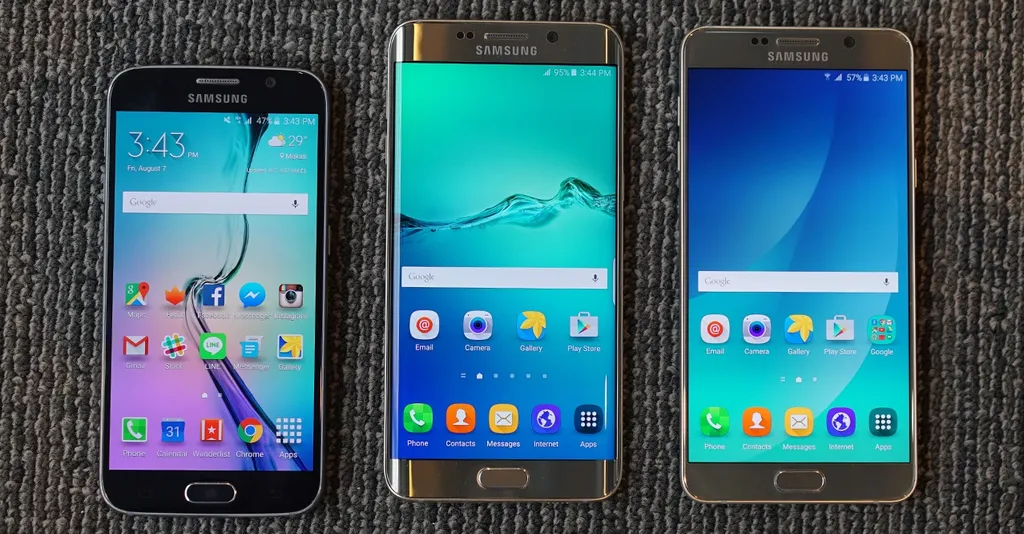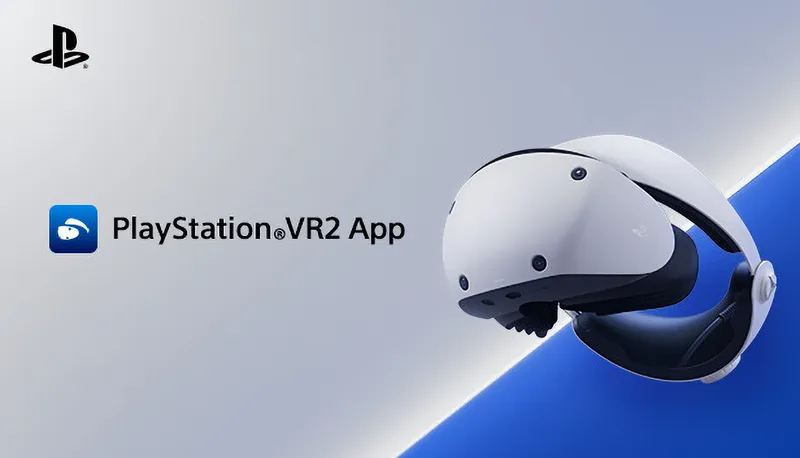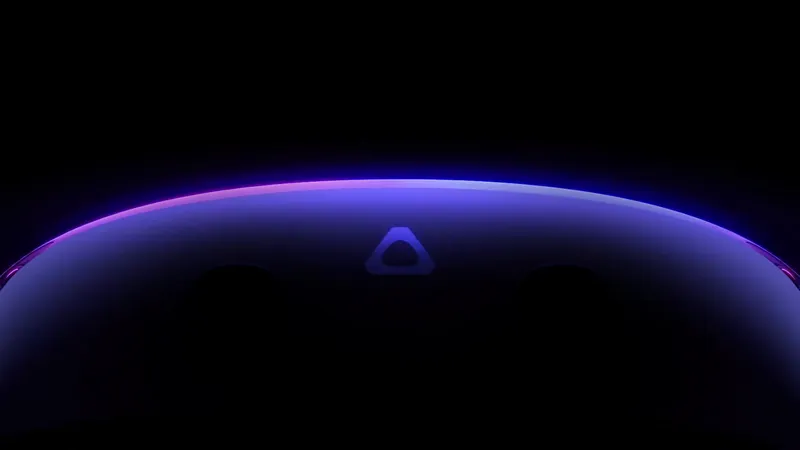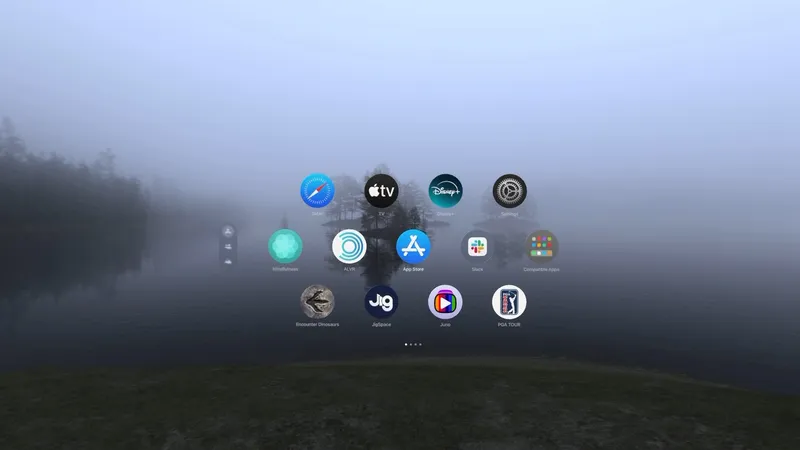Back in August, 2015, John Carmack, CTO of Oculus VR, tweeted “If you are considering buying a phone for VR, you might want to hold off until after Oculus Connect for relevant information.” Now that the conference is over, the data is out. All the flagship phones from Samsung this year are compatible with the consumer Gear VR, available in time for the holidays. With four ‘VR-ready’ phones already introduced into the market, consumers are wondering which device is best for VR.
We asked Palmer Luckey, co-founder of Oculus VR, what his thoughts are on the technical details of each phone when paired with the new Gear VR headset. In a candid interview, he alluded that there are actually not too many big differences between the four Samsung phones, at least in regards to how well they run VR applications.
To be honest, the tradeoffs are not huge either way. As the S line has gotten bigger and the Note has remained roughly where it is, the difference in display size is not huge, and in one you get a few more degrees and the other you’re going to get a slightly higher pixel density. It’s actually not a huge difference in experience between the two. – Palmer Luckey
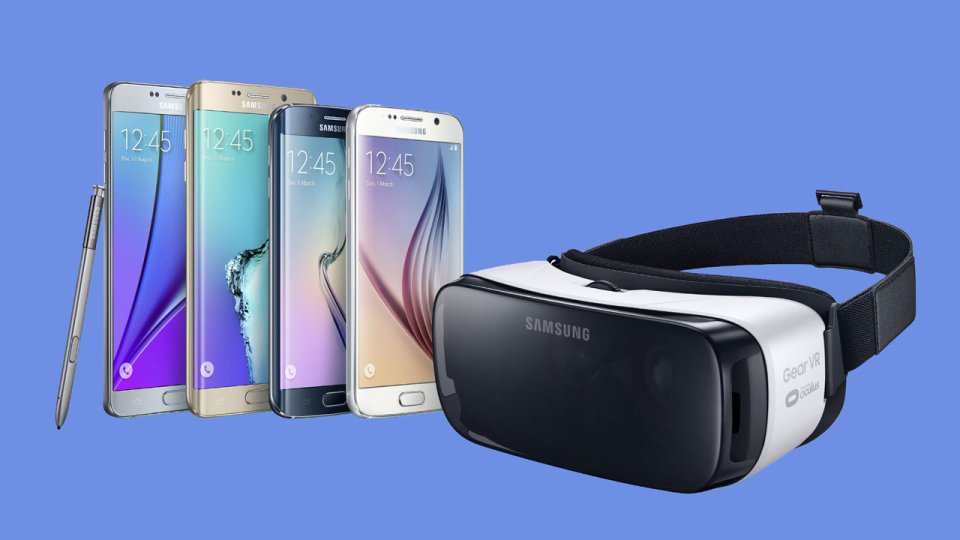
Between the Galaxy Note 5, S6, S6 Edge, and S6 Edge +, the most obvious physical distinction is the ‘curved’ screens on the S6 Edge and S6 Edge+. The display on these two phones wrap around the sides providing additional space for pop-up notifications and application use.
But in regards to VR, there is currently no way to take utilize the dual edged screens while in a Gear VR headset. At least that is according to Palmer Luckey, who responded to our questions at Oculus Connect 2 with “It is essential a nonfactor for VR. There’s nothing special going on to take advantage of it.”
If the curved screens don’t matter for VR, then let’s look at the remaining specifications below:
| S6 | S6 Edge | S6 Edge+ | Note 5 | |
| Screen Size | 5.1″ | 5.1″ | 5.7″ | 5.7″ |
| Resolution | 1440 x 2560 | 1440 x 2560 | 1440 x 2560 | 1440 x 2560 |
| Pixel Density |
577 ppi | 577 ppi | 518 ppi | 518 ppi |
| Battery | 2550 mAh | 2600 mAh | 3000 mAh | 3000 mAh |
| Weight | 4.87 oz (138 g) | 4.66 oz (132 g) | 5.40 oz (153 g) | 6.03 oz (171 g) |
| Memory | 32/64/128 GB | 32/64/128 GB | 32/64 GB | 32/64 GB |
| RAM | 3 GB RAM | 3 GB RAM | 4 GB RAM | 4 GB RAM |
Each phone has its tradeoffs depending on what you want to do with it. The bottom line is choose a device based on your daily activities, and then factor how VR influences that into the equation. Unless you plan to develop content on it, this smartphone will most likely be with you at all times, so make sure you think about what need from it in order to enhance your lifestyle.
![Black, blue, white, and gold are widely available for each Samsung phone [image source]](https://www.uploadvr.com/content/images/2015/09/s6-colors.jpg)
If you are concerned about weight, go with the S6 or S6 Edge. These two phones are noticeably lighter than the S6 Edge+ and Note 5 as their screens are slightly smaller. This means that the field of view (FOV) is a bit more constrained when placed inside a Gear VR, but it’s easier to carry around compared to the heavier S6 Edge+ and Note 5. In addition, the internal memory on the S6 and S6 Edge have three options (32, 64 & 128 GB), allowing for more space to store content in.
@mallmagician it is a little bit wider, basically the same as the note 4 vs s6. I wouldn’t buy a new phone just for a few degrees of fov.
— John Carmack (@ID_AA_Carmack) September 26, 2015
If battery life matters to you, your best options are the S6 Edge+ and Note 5. This comes in handy when playing long-form content like games or watching movies on Netflix, Milk VR, Vrideo, Hulu, and Vimeo. You’ll get more hours of life with these two phones compared to the S6 and S6 Edge counterparts. Plus, they have 4 GB of RAM instead of 3 GBs, making them a touch bit faster.
In regards to price, the bigger phones cost more. Adding the dual edged screens increases the price even further. In my honest opinion, I don’t recommend getting the Edge or Edge+ for VR since there is no way to take advantage of the extra screen wrap-around. With that said, if you plan to utilize the sides of the edged screen for applications not VR-related, then go for it.
For further pricing details, the following table shows the cost differences for the top major cell phone carries as of September 29, 2015 (based without an annual contract).
| S6 | S6 Edge | S6 Edge+ | Note 5 | |
| ATT&T (32 GB) | $584.99 | $719.99 | $814.99 | $739.99 |
| ATT&T (64 GB) | $684.99 | $814.99 | $914.99 | $839.99 |
| ATT&T (128 GB) | $784.99 | $914.99 | N/A | N/A |
| Verizon (32 GB) | $576.00 | $672.00 | $768.00 | $696.00 |
| Verizon (64 GB) | $672.00 | $768.00 | $864.00 | $792.00 |
| Verizon (128 GB) | $799.99 | $899.99 | N/A | N/A |
| Sprint (32 GB) | $552.00 | $672.00 | $792.00 | $720.00 |
| Sprint (64 GB) | $672.00 | $768.00 | $888.00 | $816.00 |
| Sprint (128 GB) | $768.00 | N/A | N/A | N/A |
| T-Mobile (32 GB) | $579.99 | $679.99 | $779.99 | $699.99 |
| T-Mobile (64 GB) | $659.99* | $759.99 | $859.99 | $779.99 |
| T-Mobile (128 GB) | $659.99* | $759.99 | N/A | N/A |
Because the differences between the phones are minimal for VR, the truth of the matter is how much you are willing to spend and what you plan to do with it outside of Virtual Reality. Personally, I plan purchase the cheaper S6; with custom engraving just for added flash. But, it really comes down to your personal preferences. So, pick out the one you like, and have fun!
![S6 Engraving options are available [image source]](https://www.uploadvr.com/content/images/2015/09/s6-engraving.jpg)
Featured image pulled from GadgetMatch.net

